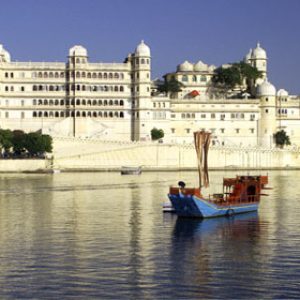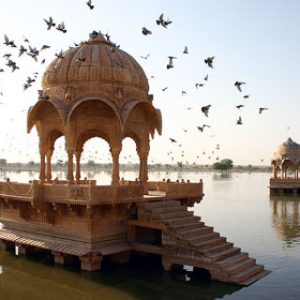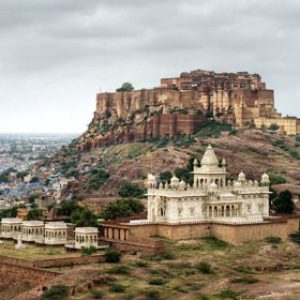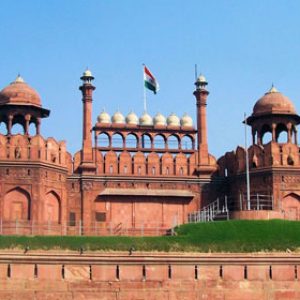As against the popular belief, it is not really a palace. Hawa Mahal (Palace of Winds) is a five-storey building in pink splendour with carved trelliswork and lies on the main street of the old city. It was originally conceived to enable ladies of the royal household to watch everyday life on the streets and royal processions.The City Palace of Jaipur is the royal residence, the tallest structure in the whole complex and received additions from various maharajas till all further additions were ruled out. But even before this, within sixty years of its construction, the City Palace had to accommodate a new extension of the zenana quarters. It was originally conceived to enable ladies of the royal household to watch everyday life on the streets and royal processions. This was the Hawa Mahal. As against the popular belief, it is not really a palace. Hawa Mahal (Palace of Winds) is a five-storey building in pink splendour with carved trelliswork and lies on the main street of the old city.
To the north of the city’s main road intersection, the Badi Chaupad, stands Hawa Mahal – the world famous landmark of Jaipur, the best known specimen of fanciful architecture. Built in 1799 by Sawai Pratap Singh, the aesthete among maharajas, it is an integral part of the City Palace though standing away from the main complex. At first glance it looks rather whimsical in design. From the roadside, where most visitors view Hawa Mahal for the first time, it looks a mere façade. But there is much more than meets the eye.
It is the last portion of an extensive place for the royal seraglio, a palace of winds away from the claustrophobic interiors guarded by battalions of liveried sentries. Heat, the main problem of Rajasthan cities, causes little irritation at Hawa Mahal. From the small-latticed windows, queens and princesses could watch processions on the road below without fear of being observed by the common man. It provided a concealed grandstand view.
Approached from the City Palace side, you would find yourself in a spacious courtyard guarded by a stately deorhi (door). This courtyard has a double storeyed, set of rooms on three sides. Today it houses a small museum to present a mini jharokhas of art and craft. But above these two storeys, only the eastern wing has three storeys of small intimate chambers. These apartments have only small windows for admitting light and air. This arrangement looks curious from the roadside. “Come to the window, sweet is the night air” as John Keats would have said to these charming little windows.










